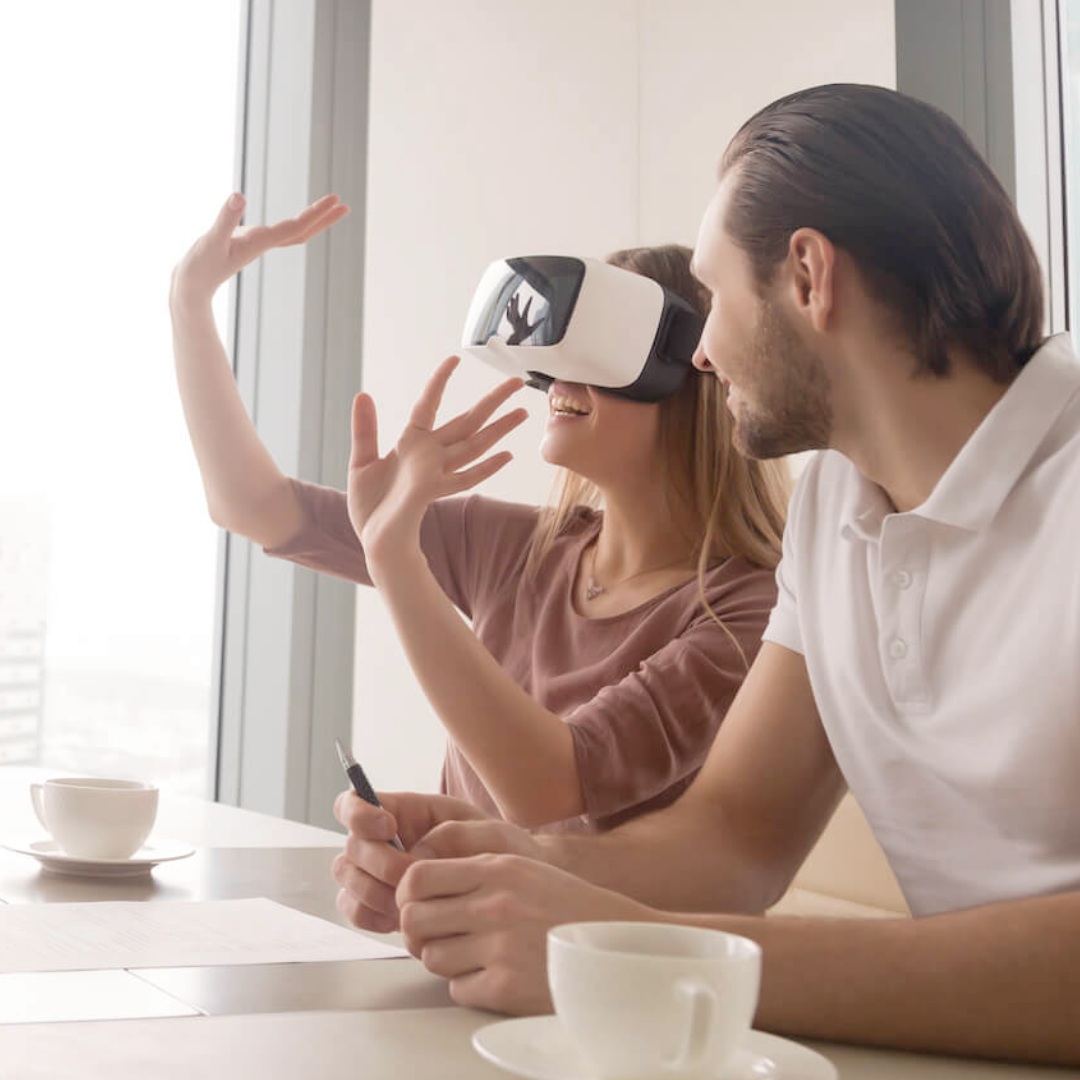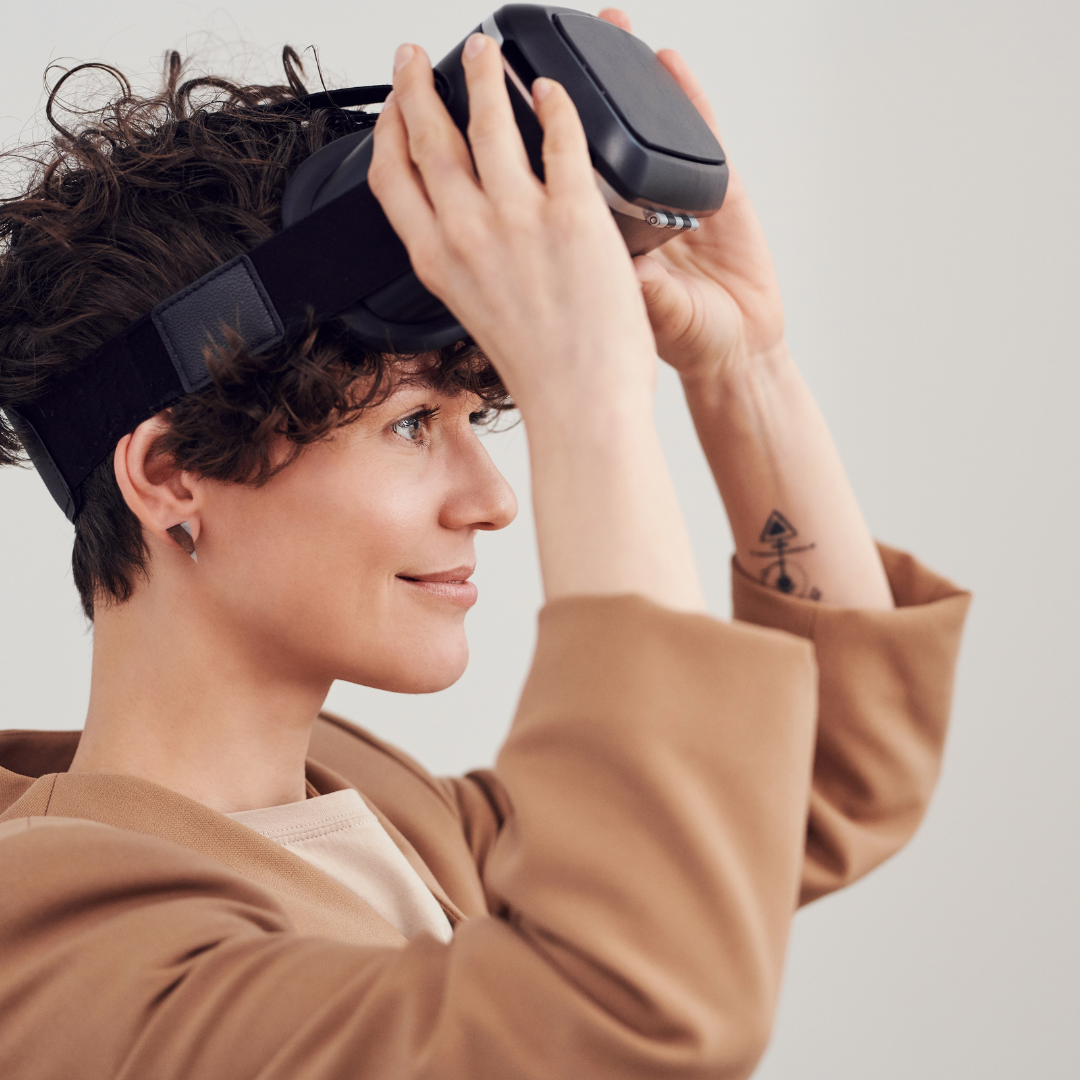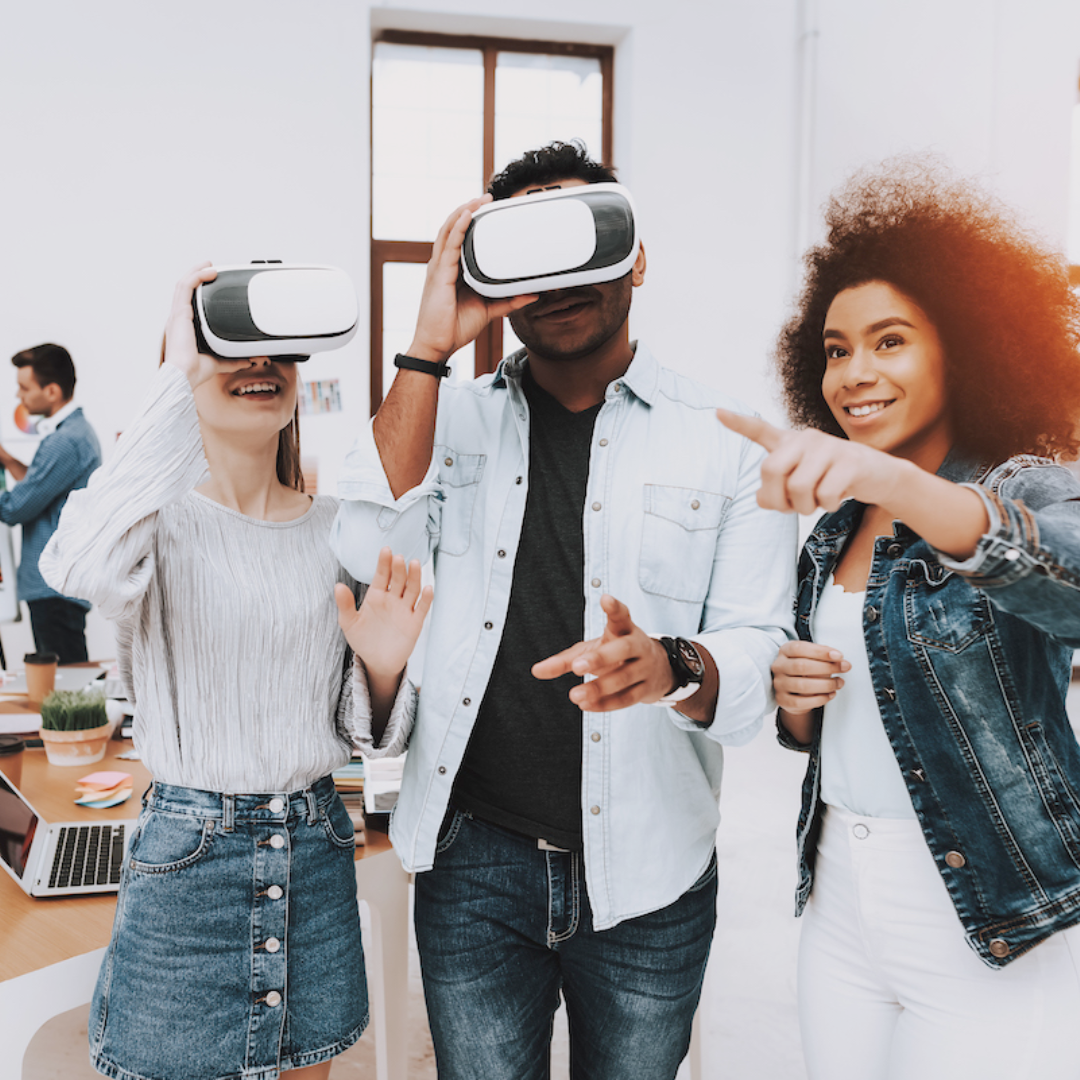How Virtual Reality Can Help Interior Designers
/Interior designers are used to showing their proposals in 2D and 3D images. So, the logical next step is an even more immersive way to help clients better understand your vision and get a better sense of what the space will feel like. This is where Virtual Reality (VR) comes in. Users wear a headset to interact with realistic digital environments, taking design from theoretical and hypothetical to experiential.
Although polished and approachable programs for VR in interior design have not yet reached mainstream markets, a glance at technology news indicates that the industry is rapidly moving in that direction. If you need a sign of the times, Metaverse celebrated the first edition of the Metaverse Architecture and Design Awards (MAD).
So, let’s muse about the potential benefits that VR could offer you as an interior designer, proving that it’s worth staying tuned to its new advancements. By utilizing VR programs, both designers and clients can immerse themselves in 360-degree designed spaces, offering a heightened level of realism and perspective. This opens up possibilities such as:
Unleashing Creative Boundaries:
With VR, designers can explore daring and innovative design directions without the concern of significant time investments, fostering creativity and pushing design boundaries to new heights.
Enhanced Client Engagement:
VR enhances client meetings by providing an immersive experience that brings the space to life. Clients can visualize and feel the design firsthand, leading to better feedback, improved satisfaction, and stronger collaborative decision-making.
Streamlined Material Selection:
VR enables designers to virtually explore a wide range of finishes, textures, and materials. By visualizing these options in VR, designers can save valuable time and money on ordering physical samples, making informed decisions upfront, and reducing the need for costly returns.
Error Prevention and Design Accuracy:
Through immersive VR experiences, designers can identify and address potential design flaws or mistakes. By exploring the space from an immersed perspective, designers understand how different elements come together, minimizing the chances of overlooked details.
Gaining Competitive Edge:
As VR becomes increasingly sought-after by clients, embracing this technology positions interior designers ahead of the competition. Offering immersive experiences sets designers apart and meets the growing demand for cutting-edge design services.
So, are there any downsides to using VR as part of your interior design process? More than drawbacks, you’ll likely face some initial hurdles such as the investment and learning curve. While VR provides immersive visual experiences, it currently falls short in replicating other sensory aspects crucial to interior design, such as touch, smell, and realistic sound propagation.
All in all, VR presents a multitude of exciting advantages and possibilities for the field of interior design. As technology continues to advance, we can look forward to leveraging its capabilities to enhance the design process, create immersive experiences, and push the boundaries of what is possible in designing and visualizing interior spaces.
xx, Danae
DIGITAL TEMPLATES?
We love helping busy interior designers like you! So, in an effort to provide the best resources possible, WE WANT TO HEAR FROM YOU about what templates you’d like to see from us. Browse our current collection of templates here for any you might need or want, and email us at danae@elitedesignassistants.com to let us know what other templates you’d like us to make and have available for instant download!









